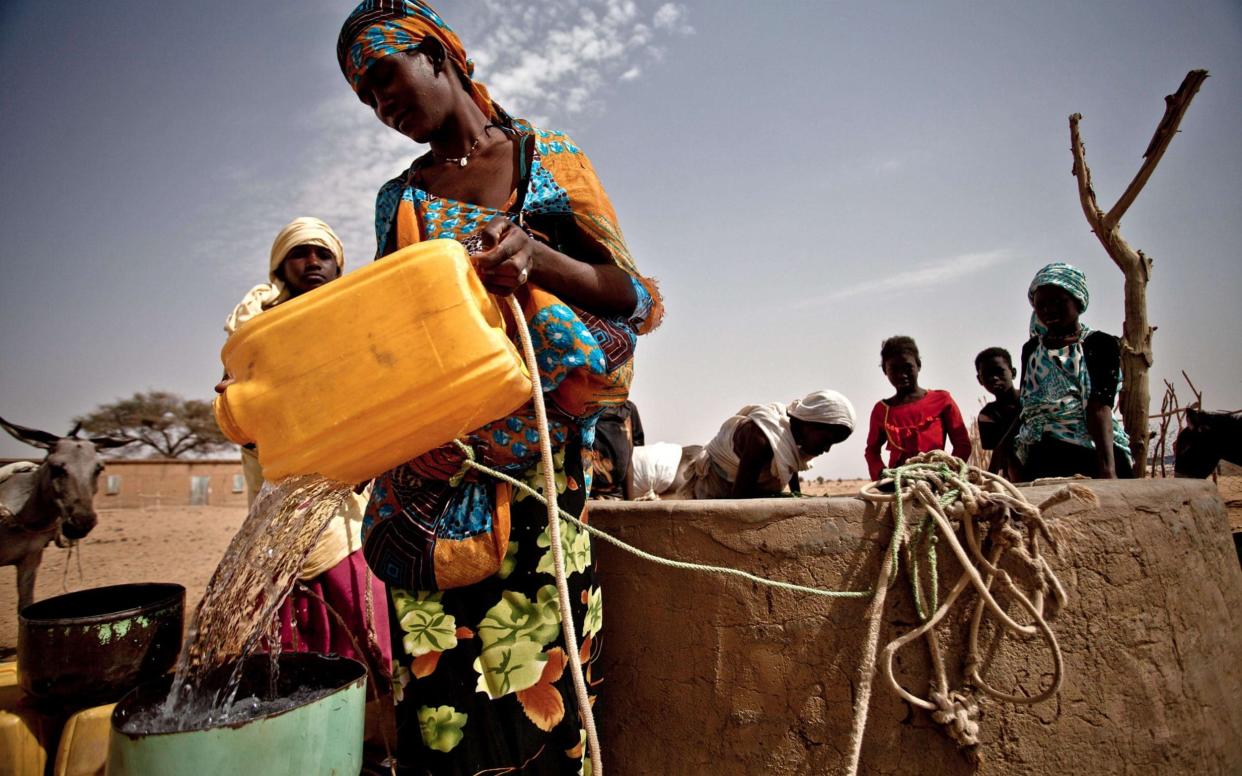Climate change is leaving children with less to eat

Children’s diets are being harmed by climate change, according to a major new study across 19 countries. Researchers looked at the diets of more than 107,000 children across Africa, Asia and Latin America and found a link between higher long-term temperatures and poor diets.
The researchers found that the impact of climate was so great that it outweighed efforts to alleviate poverty and improve access to education, water and toilets, undermining some international development schemes.
The study from researchers at the University of Vermont looked at diet diversity, a metric of nutrition which calculates the number of food groups eaten over a specific time period.
It found that five of the six regions it looked at had significant reductions in diet diversity associated with higher temperatures.
The results, published in Environmental Research Letters, help to explain the fact that even as child malnutrition has decreased around the world in recent decades, undernourishment has increased since 2015, amid extreme weather conditions.
Higher temperatures as a result of climate change can affect yields of staple crops, including food for animals, which in turn impacts their productivity and can increase animals’ demand for water, further straining resources.
The impacts mean food prices can also rise, adding further pressure in particular poor regions.
The results raise questions about how to tackle child malnutrition when policies have tended to focus on lifting families out of poverty and providing access to basic facilities.
In some areas the results were particularly stark.
In West Africa, the study found that higher longterm average temperatures was worse for children’s diets than being in the poorest households in the region.
West Africa is considered a climate change hotspot, with rising temperatures having severe impacts on land and water resources available for growing food.
"Certainly, future climate changes have been predicted to affect malnutrition, but it surprised us that higher temperatures are already showing an impact," said lead author Meredith Niles, an assistant professor of Nutrition and Food Sciences at the University of Vermont and a fellow at the university's Gund Institute for Environment.
Conversely, the study found that more rainfall - another consequence of the changing climate - can have a positive effect on children’s diets.
But researchers warned this was not a reliable method to improve child nutrition.
"Higher rainfall in the future may provide important diet quality benefits in multiple ways, but it also depends on how that rain comes," said co-author Molly Brown of the University of Maryland.
"If it's more erratic and intense, as is predicted with climate change, this may not hold true."

